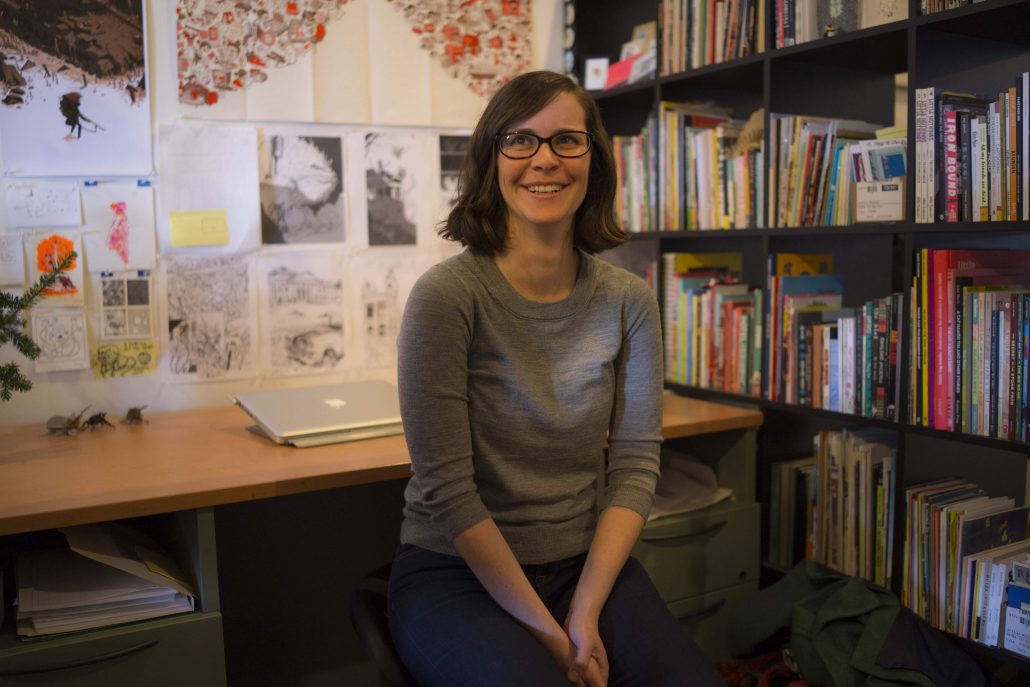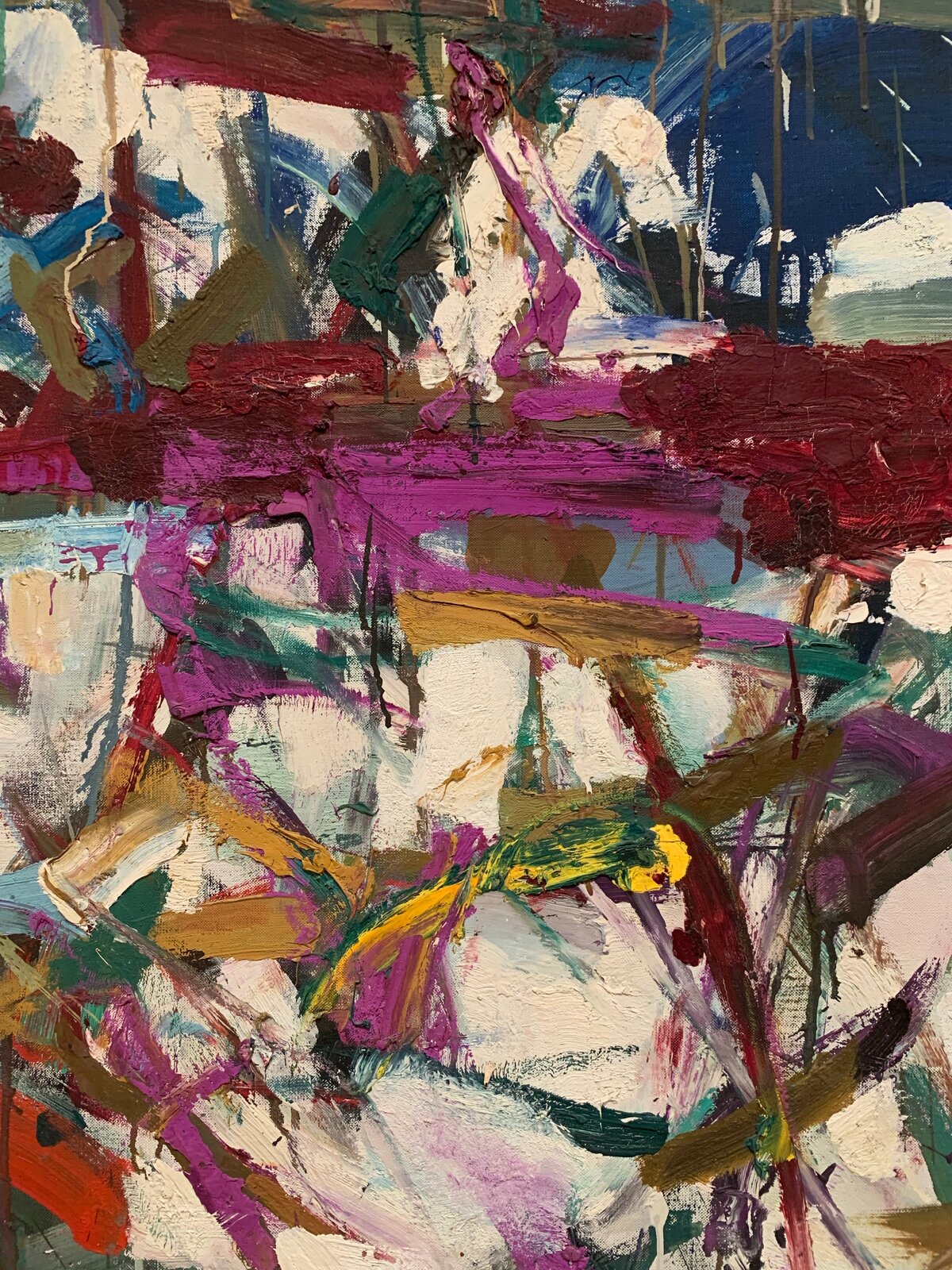[av_hr class=’custom’ height=’50’ shadow=’no-shadow’ position=’center’ custom_border=’av-border-fat’ custom_width=’100%’ custom_border_color=’#8f2f66′ custom_margin_top=’30px’ custom_margin_bottom=’30px’ icon_select=’no’ custom_icon_color=” icon=’ue808′ font=’entypo-fontello’ admin_preview_bg=”]
“The particles of matter are subject to strange vicissitudes.
Every atom has its peculiar history”
– John Cargill Brough
Here is a cantaloupe.
Cut it open for that
pearly orangepink with a slash
of vibrant green.
Could you have guessed those colors
from the beige outside?
Things are not always what they seem.
Now take a spoon and scoop out the seeds….
But wait! No!
You can’t scoop out this
cantaloupe.
It’s only a drawing
of a cantaloupe.
Here is a drawing
of a painting
of a cantaloupe.
This is a fancy painting
made by a fancy painter
called a Dutch Master.
He painted it four hundred years ago,
and now it hangs
in a fancy museum.
Perhaps you have seen
one like it?
When the Dutch Master painted this cantaloupe,
and the grapes and the pheasant and all,
he laid out a table just like this,
and painted what he saw.
The cantaloupe he painted
is long, long, long
gone by now—eaten and digested
and decomposed like the
Dutch Master himself—but
the cantaloupe in the painting
is still there.
The atoms in
the mercury which made
the vermillion paint
are more stable
than the atoms in
a cantaloupe
or a Dutch Master.
But eventually
that vermillion paint, that mercury, too,
will decompose.
It will take a
long, long, long time.
But “long” is not
long for an atom.
Before it was a
pigment in
paint in a
painting of a
cantaloupe,
this atom wandered
the nothingness
and somethingness
of the Universe.
You see,
more than thirteen billion
years ago
there was
a Bang—
a Big one—and then
this atom existed.
The force of that Bang was
tremendous
astounding.
The atom raced
and sped
and spun
across space.
It might have formed part of a star
for a while,
say, ten million years…
before the star exploded—
in a fraction of a second—
flinging the atom through
the Universe
once more.
Was it then part of
another star?
a planet?
a moon?
Who knows?
Only the atom,
and it won’t tell.
But then…!
The atom formed part
of the earth.
Perhaps a beetle,
a blade of grass,
a bright flashing fish.
A drop of rain
taken into the roots of a hundred year old pine tree,
standing tall and straight on a mountaintop.
Then flung and spun again,
until…
magma—
thick, boiling fire in the center of the earth—
then lava exploding, gushing, oozing forth
then cooling to cinnabar mercury, a slash
of vibrant red in a chunk
of black volcanic rock.
Then paint.
After it is no longer a painted cantaloupe,
once those mercury atoms decompose,
what then? The atom
will speed and spin
once more.
It might be a beetle,
a grass,
a silk thread,
a moon,
a star,
a child,
a Master painter,
a cantaloupe.
[av_hr class=’custom’ height=’50’ shadow=’no-shadow’ position=’center’ custom_border=’av-border-fat’ custom_width=’100%’ custom_border_color=’#8f2f66′ custom_margin_top=’30px’ custom_margin_bottom=’30px’ icon_select=’no’ custom_icon_color=” icon=’ue808′ font=’entypo-fontello’ admin_preview_bg=”]
[av_one_half first]

[/av_one_half]
[av_one_half]Jen Breach (they/them) is queer and nonbinary. They grew up in a tiny town in rural Australia with three older brothers, two parents, and one pet duck. Jen has worked as an archaeologist, a librarian, an editor, a florist, a barista, a bagel-baker, a code-breaker, a ticket-taker, and a trouble-maker. The best job they ever had was as a writer, which they do now in Philadelphia, PA. jenbreach.com.
[/av_one_half]
[av_hr class=’custom’ height=’50’ shadow=’no-shadow’ position=’center’ custom_border=’av-border-fat’ custom_width=’100%’ custom_border_color=’#8f2f66′ custom_margin_top=’30px’ custom_margin_bottom=’30px’ icon_select=’no’ custom_icon_color=” icon=’ue808′ font=’entypo-fontello’ admin_preview_bg=”]
